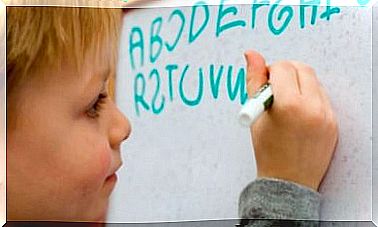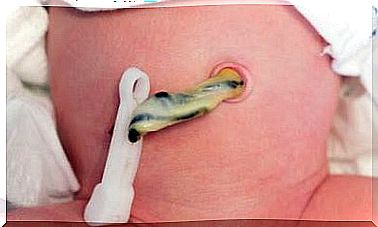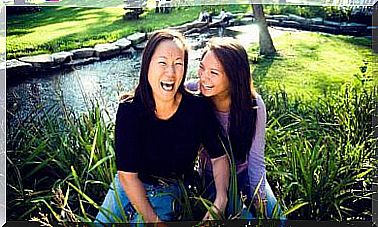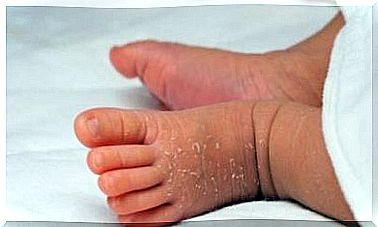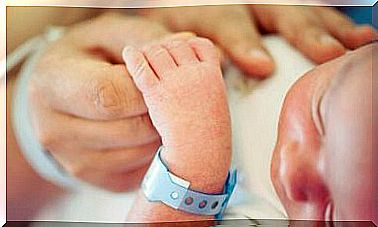Learn Your Baby’s Body Language

Many mothers struggle to understand the needs of their babies. It is necessary to have an open mind and notice your baby’s body language in order to understand that it has many ways of expressing itself.
Especially before they start talking, children express themselves through their bodies. Once you have learned to interpret these small gestures, you can immediately recognize what is happening to them or what they want.
Crying is the most popular form of communication for babies but not the only one. Your baby’s body language includes everything from movements, smiles and gestures to sounds it expresses to get your attention.
Usually, the baby’s signals will be more intense when directed directly at the parents. With you, the cry will be stronger, but you will also see its finest smiles, the ones it emits when you are seen again after it has been in other people’s care.
Your baby’s body language begins with gestures
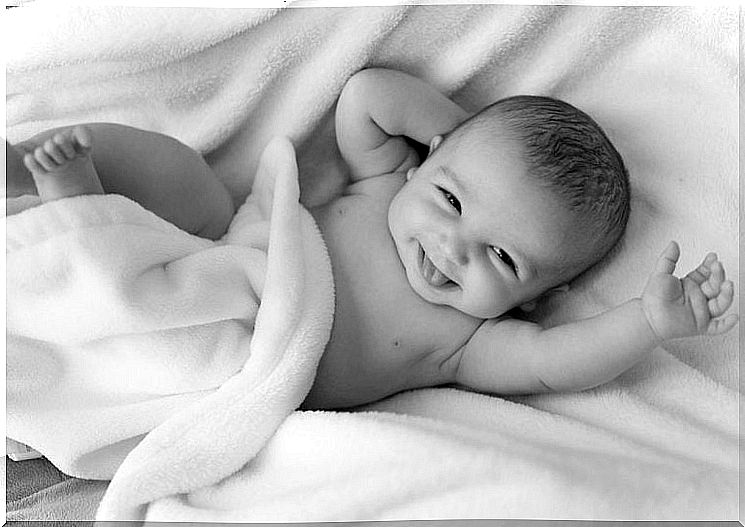
All babies make gestures, show attitudes or express sounds that can be understood. For example, when you play together, you can see that when it looks or turns away and bends its back, it actually needs to take a break and can play more later.
Crying does not just mean hunger. It can also mean that the baby is cold, wet or tired. Each baby has its own way of crying and you will gradually learn to identify the different crying sounds. Be patient to recognize their finer shades.
Babies have several ways to show what they want. If your baby smiles when you are together, it means that he feels good, is comfortable and happy. You will find that reading your baby’s body language can be really helpful when you establish routines such as when to sleep and the knowledge of when it needs just that.
When your baby is close to 8 months old, you will probably notice that it hangs around your neck and cries when friends or the pediatrician approaches. This means that it already sees a difference between people it knows and does not know, and strangers simply evoke fear.
Over time, it will learn that they greet him kindly and it will get used to it and possibly accept it. But it takes time.
It is very important to remember that the same signals can have different meanings in different babies. This is why it takes time and patience to learn to play with your baby.
Being able to respond correctly will lead to increased affection and this will strengthen the connection. The key is to be observant and patient in deciphering your baby’s personal language.
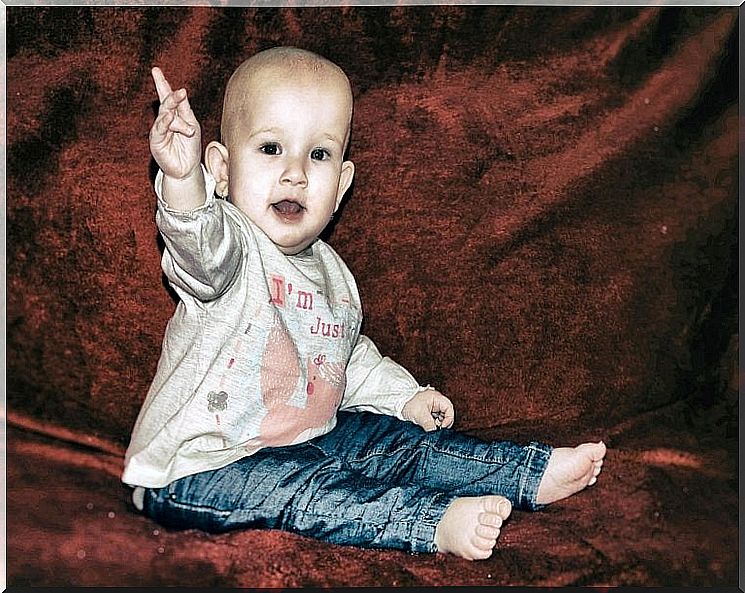
Learn your baby’s body language
It is always important to go at your baby’s pace and make sure it is fun. The ideal time to start is when your little one becomes interested in communication. You will notice that it is more social, starts chatting and making noises and expresses itself to get your attention.
When you say a word, make a sign or point to what you mention. Always use the same sign, repeat it many times and emphasize the keyword when making the sign so that the baby sees the connection between them clearly and distinctly.
After a few days, the baby may start to gesture on its own, but it may take several weeks so it is best to be patient. Make it fun for your baby. It will certainly learn more easily if it likes what it does.
Some characters you can try
Any gesture that mimics a word will work with your baby. Here are some examples:
- Food: place your fingertips on your mouth.
- It’s over / over: raise your hands along the sides with your palms facing up.
- Fear: pat your chest lightly.
- Warm: stretch your arm to touch something and then quickly pull it back.
- Where is it? Shrug your shoulders with your palms facing up.
- Rabbit: Wrinkle your nose and point two fingers.
- Car: turn on an invisible steering wheel.
- Book: Put your hands together and then open your palms.

